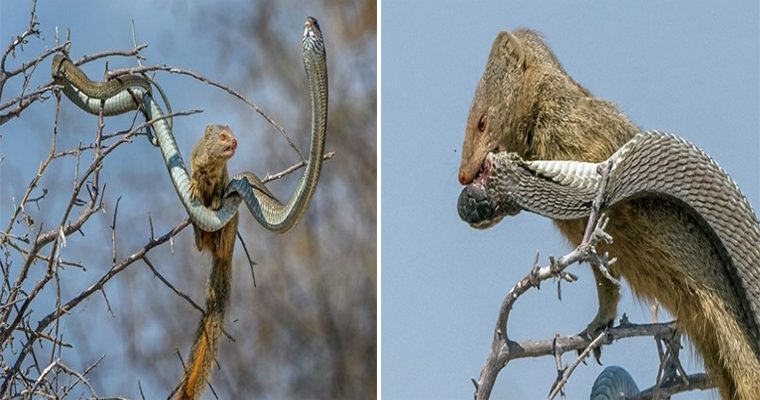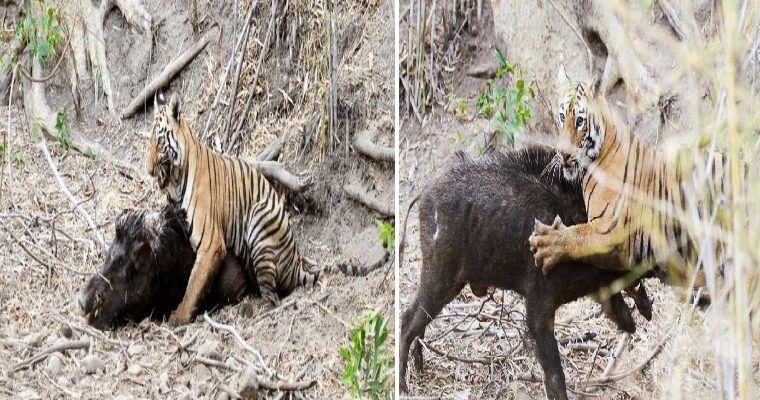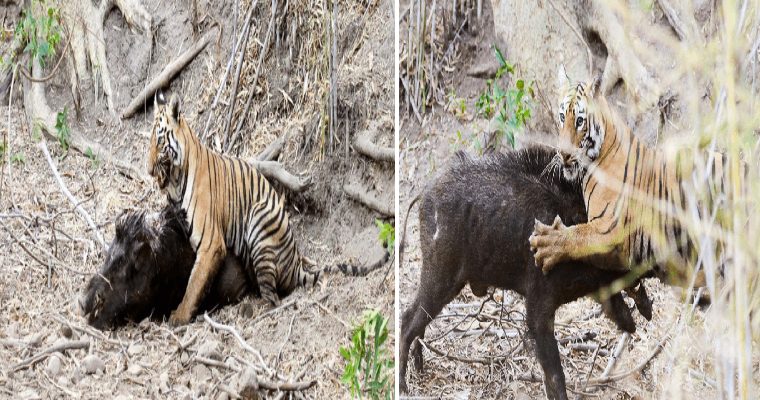Even though this bird’s coloring could impress any fashion designer, it doesn’t like to show off. The varied bunting (Passerina Versicolor) is a shy bird and often hides in desert scrubs.
It is a songbird from the cardinal Cardinalidae family. A sturdy bird with a very short tail, males are only 4.3-5.5 inches long.
They have a mosaic of rich plum, crimson, lavender, violet, cherry red, and blue, becoming browner towards fall. The females and the young ones are light to chestnut brown and speckled with white.
Most varied buntings live in Mexico, but they spill across the US border. They can be found along the southern border in New Mexico, Texas, and Arizona.
They prefer habitats with shrubs and bushes, often on steep slopes. Their favorite spots are riparian areas and desert washes.
Varied bunting hunt insects but also eat fruit and any seeds they can find. This species begins nesting in late May through to early June, though some birds delay nesting until the summer rains in July or August.
Their nests are cup-shaped and made from grass bound together with spider webs in the branches of thorny scrub. They are typically located near water.
The females lay two to five blue-white eggs and incubate them for about two weeks. Young chicks grow full feathers in ten days and leave the nest a few days later.
This is Varied Bunting
It is a sturdy bird with a very short tail. Males are only 4.3-5.5 inches long. They have a mosaic of rich plum, crimson, lavender, violet, cherry red, and blue,
The varied buntings are also plagued by cowbird attacks. However, they are not literal attacks but scams. The cowbirds are parasites, and they reproduce by laying their eggs in other birds’ nests.
They keep an eye on an unsuspected couple, wait for the moment a nest with eggs is unguarded and lay their egg inside. Some birds notice the new egg, but some don’t.
The females and the young ones are light to chestnut brown and speckled with white.
Instagram/carlosisbrown
They live in Mexico, New Mexico, Texas, and Arizona.
ALAN SCHMIERER / Public domain
They prefer habitats with shrubs and bushes, often on steep slopes.
Instagtagram/cape_photos21
Varied bunting hunt insects but also eat fruit and any seeds they can find.

Instagram/hardycvranch
They begin nesting in late May through to early June.
Instagram/cnkdigitalimages
Their nests are cup-shaped and typically located near water.
Instagram/curtis_zutz_nature_images
The females lay two to five blue-white eggs and incubate them for about two weeks.
Instagram/punkbirdrWatch and listen to the varied bunting here:
These birds are shy, so their behavior is not well documented. What is known is that they forage by moving through brushy vegetation, twitching tail, and wings, hunting for insects, and sometimes cactus fruit or seeds.
They forage at various levels from the ground up into shrubs and trees. They take insects from leaves, seeds from the ground or stems, and berries from shrubs.
They often forage in pairs, even small flocks. Males sing in spring and early summer.







